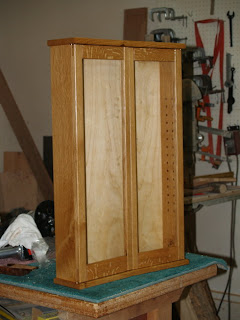The ultimate goal of all public schools supported by public funds is the education of the pupil so that he may become a useful citizen. A useful citizen is one who through his work directly or indirectly contributes to the fulfillment of the aims of the state as a society of law and culture. The first task of the school is therefore to further as much as possible the pupil's capacity for work and therewith his joy in work. The second task is to accustom the pupil early to place this joy in work and fitness for work in the service of his fellow pupils and fellow beings. The third task is to unite the readiness of service, thoughtfulness, and moral devotion thus gained with the understanding of the ends of the community, in so far as such understanding can be engendered in the pupil, according to his talent and his maturity. Our schools of today are not entirely conscious of this threefold task. Where they are well organized, they seek at most to accomplish the first task--education for personal fitness. But they are not schools for social service.You will find nothing in Kerschensteiner's view regarding standards for reading or math, but he describes education to foster dignity and education as preparation for democratic process and respectful citizenship. Kerschensteiner was the founder of manual training schools in Munich, Germany. In one of his books, he quoted Goethe as saying, "the only way to true culture lay through practical work, or rather, through vocational training," and also, "Handwork, such as can only be learned in its own narrow field, must precede all life, all action, all art. To know one thing well and to practice it, gives more culture than a half-knowledge of a hundred things."
Obviously the congress in the US is enjoying pushing things down to the wire as this allows them to avoid spending time on other serious concerns and allows them to be the center of attention in a national debate. Where was manual training when we needed it most?
One of Kerschensteiner's contributions was the creation of "continuation-schools" in which skilled artisans volunteered their expertise to further education of others in their trades. He started with just five trades in 1900 and by 1909 there were 54 continuation schools in 54 distinct trades. Imagine a society in which each and every skilled job holder felt compelled to give something back to his society and in which each student would see his or her own role as a lifelong learner responsible to offer lifelong learning opportunities to others in their community.
It could be reasonably stated that the current failings in political discourse are the price we pay for our failure to maintain manual arts for all children in schools, for in the manual arts the foundation of Democracy could be discovered, along with an appreciation for teamwork, an understanding of compromise, skills in creative problem solving, and a sense of the dignity of all labor.
I have been sanding boxes and small inlaid items to fill orders. Today I sign the work and begin applying a Danish oil finish.
Make, fix and create...



































